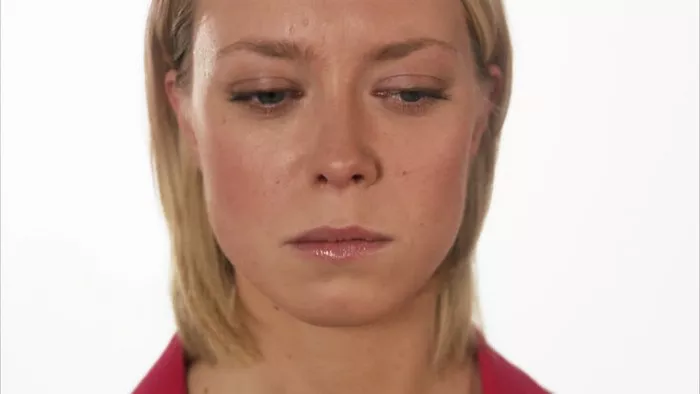Informative and Accurate:
Sadness, a universal human emotion, can manifest in various physical symptoms, including headaches. The connection between emotional distress and headaches is multifaceted, involving intricate physiological mechanisms such as stress hormones and muscle tension.
When experiencing sadness, the body releases stress hormones like cortisol and adrenaline, which can trigger changes in blood flow and vascular function. These hormonal fluctuations may lead to constriction and dilation of blood vessels in the brain, contributing to headache development.
Furthermore, emotional distress often results in muscle tension, particularly in the neck, shoulders, and scalp. Prolonged muscular contractions can cause discomfort and pain, commonly felt as tension headaches.
Migraines, another prevalent type of headache, can also be influenced by sadness. While the exact mechanism is not fully understood, emotional factors such as stress and depression are known triggers for migraine attacks in susceptible individuals.
Discussing Different Types of Headaches:
Tension headaches, characterized by a dull, achy pain and pressure around the head, are frequently associated with emotional distress. These headaches typically result from muscle tension and may be exacerbated by stress and sadness.
Migraines, on the other hand, are often accompanied by throbbing pain, nausea, and sensitivity to light and sound. While genetic and environmental factors play a significant role in migraine development, emotional triggers like sadness can precipitate attacks in susceptible individuals.
Prevalence of Sadness-Related Headaches:
Research indicates a substantial prevalence of headaches linked to emotional distress. According to the World Health Organization (WHO), headaches are among the most common neurological disorders globally, with an estimated prevalence of over 50% in the general population.
A study published in the Journal of Headache and Pain found that emotional stressors, including sadness and depression, were significant triggers for both tension-type headaches and migraines in a large sample of headache sufferers.
Reassuring and Empathetic:
It is essential to recognize that experiencing physical symptoms like headaches in response to sadness is common and understandable. Emotions and physical health are interconnected, and it is natural for emotional distress to manifest in bodily sensations.
Acknowledging the validity of these symptoms without judgment or dismissal can empower individuals to seek appropriate support and management strategies.
Actionable and Helpful Tips:
Managing sadness and alleviating associated headaches requires a holistic approach. Here are some actionable tips for coping with emotional distress and reducing headache frequency and intensity:
Stress Management Techniques: Practice relaxation exercises such as deep breathing, progressive muscle relaxation, or mindfulness meditation to reduce stress levels and promote emotional well-being.
Healthy Lifestyle Habits: Prioritize adequate sleep, regular exercise, and a balanced diet to support overall health and resilience to stress. Establishing a consistent routine can also help regulate mood and reduce the likelihood of headaches.
Identify Triggers: Keep a headache diary to track patterns and identify specific triggers, including emotional stressors. Recognizing and avoiding these triggers when possible can help prevent headache episodes.
Seek Professional Help: If sadness or associated symptoms significantly impact daily functioning or quality of life, consider seeking professional help from a therapist or counselor. Cognitive-behavioral therapy (CBT) and other evidence-based interventions can provide effective tools for managing emotions and reducing headache frequency.
Conclusion
In conclusion, while sadness can indeed cause headaches, understanding the physiological mechanisms involved and adopting effective coping strategies can help mitigate their impact. By acknowledging the link between emotions and physical symptoms and implementing proactive self-care practices, individuals can better manage sadness and reduce the burden of associated headaches on their daily lives.
FAQs
Can emotional stress cause headaches?
Yes, emotional stress can indeed cause headaches. Stress triggers the release of hormones that can constrict blood vessels in the brain, leading to tension headaches or migraines.
What does an anxiety headache feel like?
An anxiety headache often feels like a tight band around the head or pressure in the temples. It may also cause aching or throbbing sensations, accompanied by feelings of tension or worry.
What is an emotional headache?
An emotional headache is a type of headache triggered by emotional factors such as stress, anxiety, or depression. These headaches may manifest as tension headaches or migraines and are often exacerbated by emotional distress.
Related topics:
- The Impact of Sadness on Heart Health
- Sadness During Pregnancy: Navigating Emotions for Expecting Mothers
- Is Irritability a Sign of Depression?


